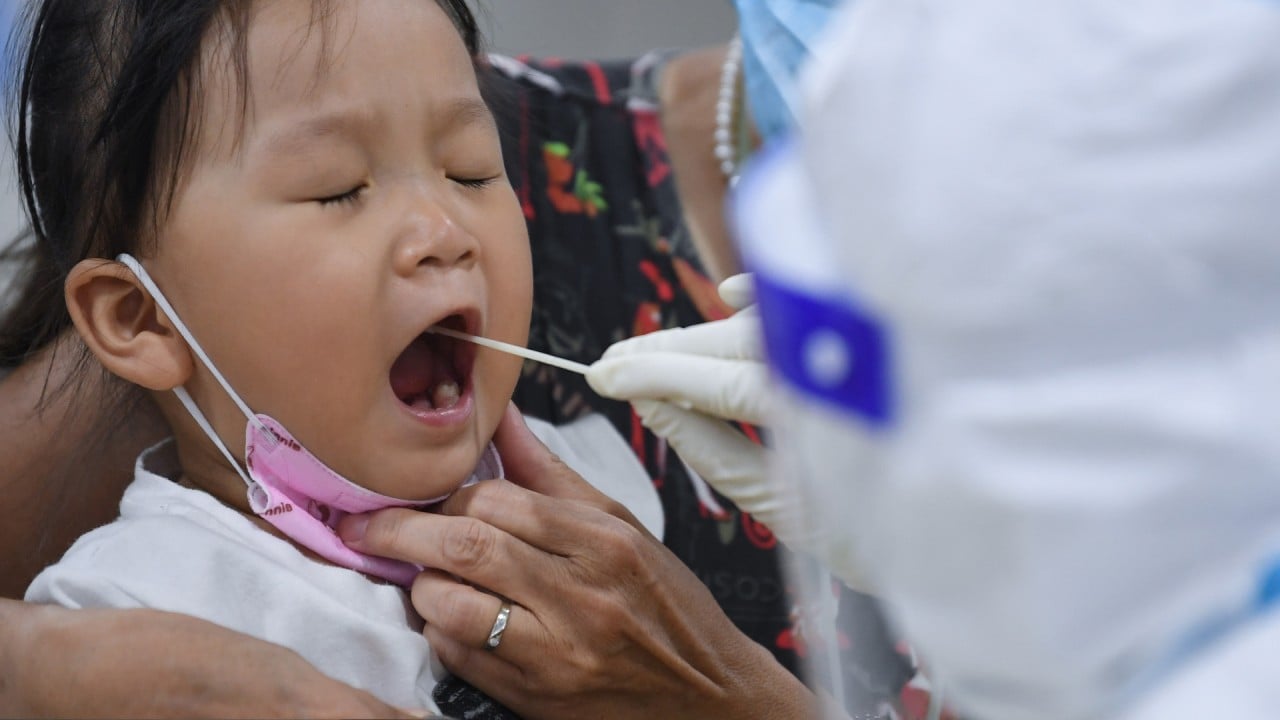
Coronavirus: WHO rechecks research on when virus first surfaced in Italy
- There is growing international pressure to learn more about the origins of the pandemic
- Study samples suggesting the coronavirus was circulating outside China by October 2019 have been retested
The WHO reacted to Biden’s announcement that intelligence agencies were pursuing rival theories, including the possibility of a laboratory accident in China, by saying the search was being “poisoned by politics”.
Covid-19 was first identified in the central Chinese city of Wuhan in December 2019, while Italy’s first patient was detected on February 21 last year in a small town near Milan.

01:20
Malaysia goes into total lockdown amid worsening Covid-19 outbreak
However, a study published last year suggested antibodies to either the virus or a variant were detected in Italy in 2019.
That prompted Chinese state media to suggest the virus might not have originated in China, although the Italian researchers stressed the findings raised questions about when the virus first emerged rather than where.
“The WHO asked us if we could share the biological material and if we could re-run the tests in an independent laboratory. We accepted,” Giovanni Apolone, scientific director of one of the lead institutions, the Milan Cancer Institute (INT), said.
WHO approves Sinovac Biotech’s Covid-19 vaccine for emergency use
The WHO’s request has not previously been reported.
“The WHO is in contact with the researchers that had published the original paper. A collaboration with partner laboratories has been set up for further testing,” a WHO spokesman said.
The spokesman said the WHO was aware that the researchers were planning to publish a follow-up report “in the near future”.
He said the UN agency had contacted all researchers who published or provided information on samples collected in 2019 that were reported to have tested positive for Sars-CoV-2, but did not yet have the final interpretation of the results.

02:02
China’s southern Guangdong province in high gear to quash Covid-19 outbreak
The Italian researchers’ findings, published by the INT’s scientific magazine Tumori Journal, showed neutralising antibodies to Sars-CoV-2 in blood taken from healthy volunteers in Italy in October 2019 during a lung cancer screening trial.
Most of the volunteers were from Lombardy, the northern region around Milan, which was the first and hardest hit by the virus in Italy.
“None of the studies published so far have ever questioned the geographical origin,” Apolone told Reuters.
“The growing doubt is that the virus, probably less powerful compared to later months, was circulating in China long before the reported cases.”
China’s first Covax vaccines roll off Sinopharm factory lines
The WHO chose the laboratory of the Erasmus University in Rotterdam for the retest, Emanuele Montomoli, co-author of the original study and professor of public health at the molecular medicine department in the University of Siena, said.
The Erasmus University did not reply to requests for comment.
Italian researchers sent the team in Rotterdam 30 biological samples from October-December 2019 that they had found positive, 30 samples from the same period they had tested negative and 30 samples from as far back as 2018, negative.
“We sent them blind, that means our colleagues did not know which samples were positive and which negative,” Apolone said.
“They rechecked our samples with commercial tests, which are much less sensitive than the ones we devised and validated,” Montomoli said.
Despite the differences in the two detection methods, both Italian scientists said they were satisfied with the results, delivered to them in late February, adding that they could not comment further until the team of Italian and Dutch scientists had published their findings.
“We did not say in our study that we could establish without a doubt that the coronavirus, later sequenced in Wuhan, was already circulating in Italy in October,” Montomoli said.
“We only found the response to the virus, namely the antibodies. So we can say that this coronavirus or a very similar one, perhaps a less transmissible variant, was circulating here in October.”

